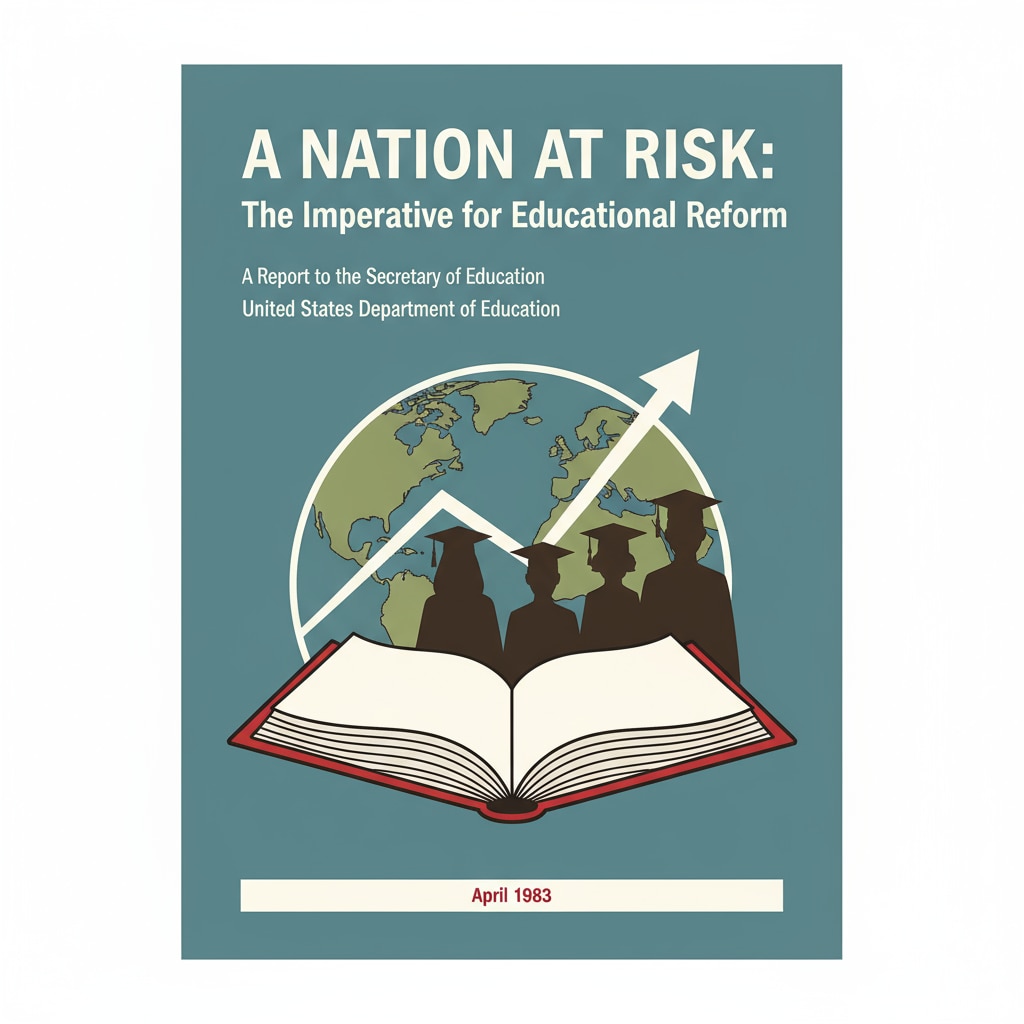In the realm of education accountability system, school leadership, and education policy reform, the United States has witnessed a significant evolution in its education accountability policies. This evolution has had a profound impact on the relationship between principals and teachers.

The Origins of Education Accountability in the US
The journey of education accountability in the US can be traced back to the release of the report “A Nation at Risk” in 1983. This report sounded the alarm about the declining quality of American education. It highlighted issues such as low student achievement and a lack of competitiveness in the global arena. As a result, it sparked a wave of education reform efforts. These efforts aimed to hold schools and educators accountable for student performance. This was the starting point of a series of policies that would reshape the education landscape and, subsequently, the relationship between principals and teachers. Learn more about ‘A Nation at Risk’ on Wikipedia

The Era of ‘No Child Left Behind’ and Its Influence
The “No Child Left Behind” (NCLB) Act, passed in 2002, was a major milestone in US education accountability. NCLB imposed strict standards and high-stakes testing on schools. Principals were now under greater pressure to ensure that their schools met the set targets. Teachers, too, were directly affected as their performance was increasingly tied to student test scores. This led to a shift in the power structure. Principals, as the leaders of the schools, were responsible for implementing the NCLB requirements. They had to closely monitor teachers’ work to ensure compliance. As a result, the relationship between principals and teachers became more hierarchical, with an emphasis on control and compliance. Read about the ‘No Child Left Behind’ Act on Britannica
Under NCLB, schools faced serious consequences if they failed to meet the targets. This created a high-pressure environment for both principals and teachers. Principals often had to make tough decisions, such as reassigning teachers or implementing additional training programs. Teachers, on the other hand, felt the stress of having their professional performance judged solely by student test results. However, this era also brought some positive changes. It made educators more aware of the importance of student achievement and led to more focused teaching strategies.
Readability guidance: The evolution of US education accountability policies has been a complex process. From the initial wake-up call of “A Nation at Risk” to the far-reaching impact of “No Child Left Behind,” these policies have significantly influenced the relationship between principals and teachers. The shift from a more relaxed approach to a highly accountable system has brought both challenges and opportunities.


